Introduction
The Cummins QSC 8.3 and QSL 9 engines are among the most reliable and powerful diesel engines in the marine, industrial, agricultural, and heavy equipment sectors. These engines are designed for high-performance applications, delivering exceptional fuel efficiency, durability, and reduced emissions.
Whether you are a mechanic, equipment owner, or operator, understanding the engine specifications, features, and identification methods is essential for troubleshooting, maintenance, and repairs. This guide provides a detailed overview of the Cummins QSC 8.3 and QSL 9 engines, including technical specifications, key advantages, and serial number identification.
Parts Catalog for QSC 8.3 Cummins Marine and Industrial Engines
Parts Catalog for QSL 9 Cummins Marine and Industrial Engines
General Engine Information
The Cummins QSC 8.3 and QSL 9 engines are part of the Quantum System (QS) engine series, which integrates advanced electronic control, high-pressure fuel systems, and turbocharged performance. These engines are widely used in marine, power generation, construction, agriculture, and heavy-duty trucking applications.
Cummins QSC 8.3 Overview
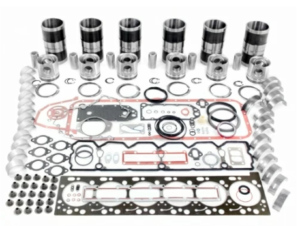
The QSC 8.3 is an 8.3-liter (506 cubic inches) inline-six, four-stroke, turbocharged, and aftercooled diesel engine. It was developed as an advanced version of the Cummins 6CTA 8.3, incorporating full-authority electronic fuel controland high-pressure common rail (HPCR) fuel injection for improved efficiency, power, and emissions control.
Cummins QSL 9 Overview
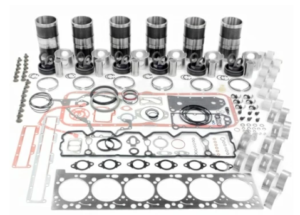
The QSL 9 is a 9.0-liter (543 cubic inches) inline-six engine, an upgrade from the QSC 8.3, offering higher torque and improved durability. The QSL 9 features stronger internal components, enhanced cooling systems, and a larger displacement, making it ideal for heavy-duty applications such as industrial power units, agriculture, and oil and gas operations.
Engine Specifications
Cummins QSC 8.3 Engine Specifications
| Specification | Details |
| Engine Type | Inline-six, four-stroke diesel |
| Displacement | 8.3 liters (506 cubic inches) |
| Bore x Stroke | 114 mm x 135 mm (4.49 in x 5.32 in) |
| Aspiration | Turbocharged and aftercooled |
| Compression Ratio | 17.3:1 |
| Horsepower Range | 300 – 600 HP |
| Torque Range | 860 – 1,200 lb-ft |
| Fuel System | High-pressure common rail (HPCR) |
| Cooling System | Liquid-cooled, high-capacity |
| Oil Capacity | 20-24 quarts (varies by model) |
| Weight (Dry) | Approx. 1,600 lbs (725 kg) |
Cummins QSL 9 Engine Specifications
| Specification | Details |
| Engine Type | Inline-six, four-stroke diesel |
| Displacement | 9.0 liters (543 cubic inches) |
| Bore x Stroke | 114 mm x 145 mm (4.49 in x 5.71 in) |
| Aspiration | Turbocharged and aftercooled |
| Compression Ratio | 16.9:1 |
| Horsepower Range | 250 – 400 HP |
| Torque Range | 1,000 – 1,300 lb-ft |
| Fuel System | High-pressure common rail (HPCR) |
| Cooling System | High-efficiency liquid cooling |
| Oil Capacity | 24-28 quarts (varies by model) |
| Weight (Dry) | Approx. 1,800 lbs (820 kg) |
Key Features and Advantages of Cummins QSC 8.3 & QSL 9
Cummins designed the QSC 8.3 and QSL 9 engines with a focus on efficiency, durability, and power. These engines incorporate cutting-edge fuel injection technology, electronic control systems, and rugged components to deliver optimal performance in the toughest conditions.
1. High-Pressure Common Rail (HPCR) Fuel Injection System
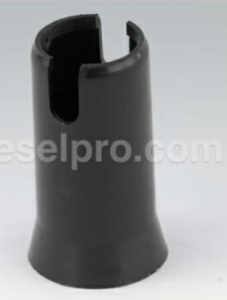
Both engines utilize HPCR fuel injection, which offers:
✅ Precision fuel delivery for improved combustion efficiency.
✅ Lower emissions and compliance with Tier 3 & Tier 4 Final regulations.
✅ Improved fuel economy and reduced operating costs.
✅ Enhanced throttle response for smoother operation.
2. Advanced Electronic Control System
The Engine Control Module (ECM) in the QSC 8.3 and QSL 9 provides:
✅ Real-time diagnostics for easy troubleshooting.
✅ Automatic load management, adjusting power based on demand.
✅ Optimized fuel maps, improving efficiency and performance.
✅ Remote monitoring capabilities in some configurations.
3. Turbocharged and Aftercooled Design
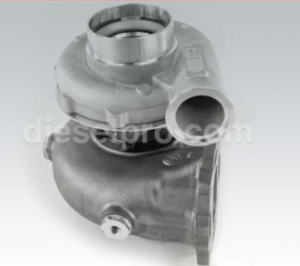
These engines come with a high-performance turbocharger and air-to-air aftercooler, providing:
✅ Higher power density without increasing engine size.
✅ Cooler intake air, improving combustion efficiency.
✅ Improved altitude performance, ideal for marine and industrial applications.
4. Heavy-Duty Engine Block and Internal Components
Cummins designed the QSL 9 with reinforced cylinder walls and upgraded crankshafts to handle higher torque loads. Advantages include:
✅ Longer engine lifespan, reducing total cost of ownership.
✅ Better performance under extreme loads.
✅ Increased resistance to wear and tear, especially in high-duty cycles.
5. High-Efficiency Cooling System
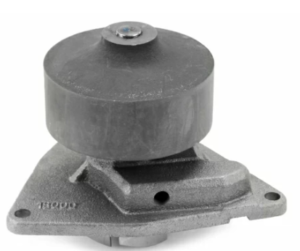
Both engines feature optimized cooling systems, reducing the risk of overheating in demanding environments such as construction, mining, and marine applications. Benefits include:
✅ Consistent operating temperature, preventing thermal stress.
✅ Extended component life, reducing maintenance costs.
6. Environmentally Friendly and Emissions-Compliant
Both the QSC 8.3 and QSL 9 meet EPA Tier 3 and Tier 4 Final emissions standards, featuring:
✅ Lower nitrogen oxide (NOx) and particulate emissions.
✅ Compliance with global emissions regulations.
✅ Reduced fuel consumption, leading to cost savings.
Fresh Water Pump & Related Components for Cummins QSC Engine
Fresh Water Pump & Related Components for Cummins QSL Engine
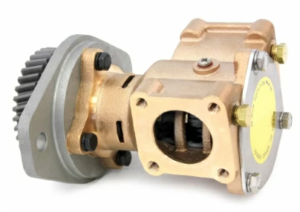
Marine Water Pump & Related Components for Cummins QSC Engine
Marine Water Pump & Related Components for Cummins QSL Engine
Identification and Serial Number Location
Proper engine identification is crucial for ordering parts, servicing, and warranty claims. The Cummins QSC 8.3 and QSL 9 engines have multiple identification points to help operators verify engine details.
Where to Find the Serial Number on a Cummins QSC 8.3 and QSL 9
- Engine Data Plate:
- Located on the left side of the engine (typically on the gear housing or fuel pump side).
- Displays serial number (ESN), CPL number, and emissions certification.
- Engine Block Stamping:
- Stamped into the engine block near the fuel pump or oil cooler.
- Often requires cleaning to make visible.
- Electronic ECM Data (If Equipped):
- The Engine Control Module (ECM) stores engine details.
- Can be accessed using Cummins INSITE diagnostic software.
Decoding Cummins Engine Serial Numbers
Cummins serial numbers are structured as follows:
✅ Example Serial Number: 80012345
- First digit (8) = Factory identifier.
- Middle digits (001234) = Unique engine build sequence.
- Last digit (5) = Revision or model year indicator.
What is a CPL Number?
The Control Parts List (CPL) number is a Cummins-specific identifier used to determine the exact engine configuration, fuel system type, turbocharger model, and emissions certification.
✅ CPL Example: 8524
- Needed when ordering injectors, pistons, fuel pumps, and rebuild kits.
- Found on the engine data plate or in the ECM software.
Conclusion
The Cummins QSC 8.3 and QSL 9 engines offer outstanding reliability, efficiency, and power for marine, industrial, and heavy-duty applications. Understanding engine specifications, key features, and serial number identification is crucial for maintenance, repairs, and part replacement.
For OEM-quality aftermarket parts, rebuild kits, and expert support, visit Diesel Pro Power today!
Parts Catalog for QSC 8.3 Cummins Marine and Industrial Engines
Parts Catalog for QSL 9 Cummins Marine and Industrial Engines



 Free US Calls: 1-888-433-4735
Free US Calls: 1-888-433-4735 International: 305-545-5588
International: 305-545-5588